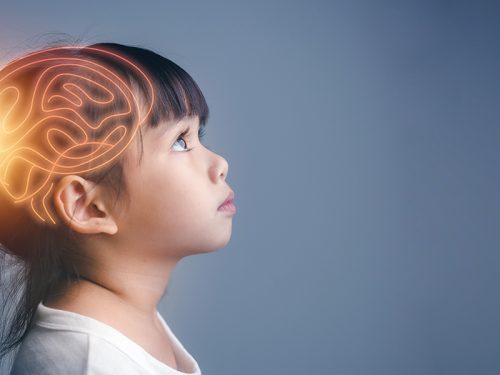Why your child’s brain needs DHA

DR. TARUN SINGH
A vital nutrient required for children’s optimal brain development is DHA (docosahexaenoic acid), an omega 3 polyunsaturated/ fatty acid
Children grow at rapid pace not just physically but also mentally. But while parents tend to provide adequate and nutritious diets for children’s physical development, they often ignore inclusion of nutrients for their optimal brain development. A vital nutrient required for children’s brain development is DHA (docosahexaenoic acid), an omega 3 polyunsaturated/ fatty acid. During pregnancy, DHA is necessary for fetal brain growth, and after birth, for children’s brain and visual health. According to research, 90 percent of a child’s brain develops by age five.
DHA benefits
DHA, an omega-3 fatty acid, boosts brain function in multiple ways, enabling it to send messages to various parts of the brain. It also aids structural formation of the retina, ensuring good visual health of children.
Moreover, DHA-induced brain development ensures other positive outcomes such as improved cognitive growth, memory, and language skills; better focus and attention spans; higher birth weight; increase in IQ by 3.5 points; better sleep quality; improvement in symptoms of asthma, blood pressure, and allergies; reduced Attention Deficit Hyperactivity Disorder (ADHD) symptoms and protection against depression.
DHA requirements
According to experts women need an intake of at least 200 milligrams of DHA per day during pregnancy. This intake should be increased substantially in the third trimester of pregnancy to aid rapid growth of the fetus.
According to WHO, children aged two-four years require about 100-150mg of DHA per day.
DHA-rich foods
- Some DHA-rich food sources are eggs, fatty fish (salmon, mackerel, tuna), flaxseeds, walnuts and DHA fortified foods.
- A breastfed baby gets the required DHA through breast milk. Therefore new moms should include DHA-rich foods in their diets.
- Once an infant is weaned off breast milk, ensure you include seafood in your child’s diet.
- 180 gm of seafood per week is recommended for children, which translates to about four-five pieces of fish per week. But consult a healthcare professional before starting this seafood diet.
- An alternative to seafood is to include a milk additive with added DHA.
- Some vegetarian/ vegan sources rich in DHA are seaweed and algae, chia, hemp and flax seeds, walnuts, kidney beans and soyabean oil.
(Dr. Tarun Singh is a Delhi-based paediatric consultant at Medeot Hospital and Kalpavriksh Healthcare, and a child nutrition specialist)

















Add comment